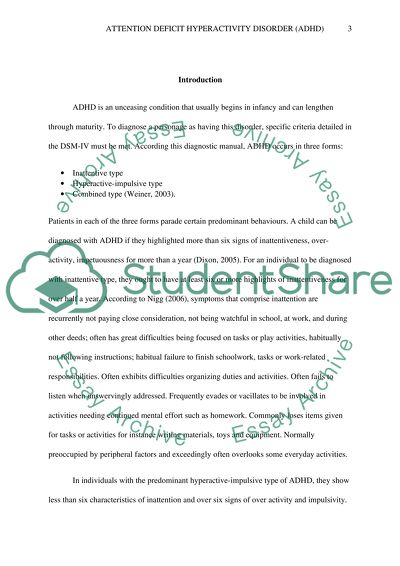Cite this document
(“ADHD Research Paper Example | Topics and Well Written Essays - 1500 words”, n.d.)
Retrieved de https://studentshare.org/psychology/1581351-adhd
Retrieved de https://studentshare.org/psychology/1581351-adhd
(ADHD Research Paper Example | Topics and Well Written Essays - 1500 Words)
https://studentshare.org/psychology/1581351-adhd.
https://studentshare.org/psychology/1581351-adhd.
“ADHD Research Paper Example | Topics and Well Written Essays - 1500 Words”, n.d. https://studentshare.org/psychology/1581351-adhd.


